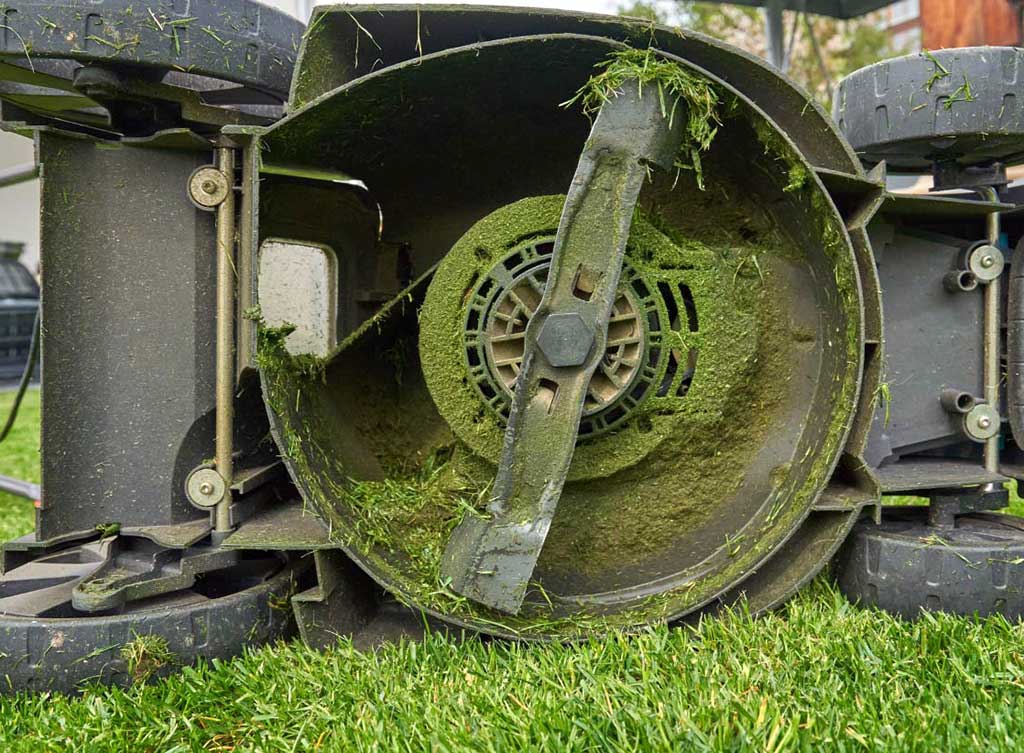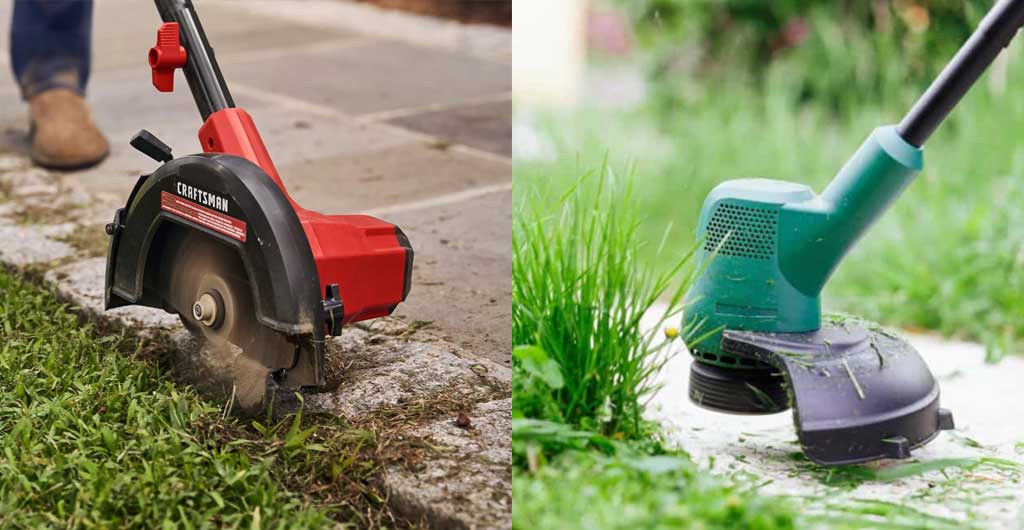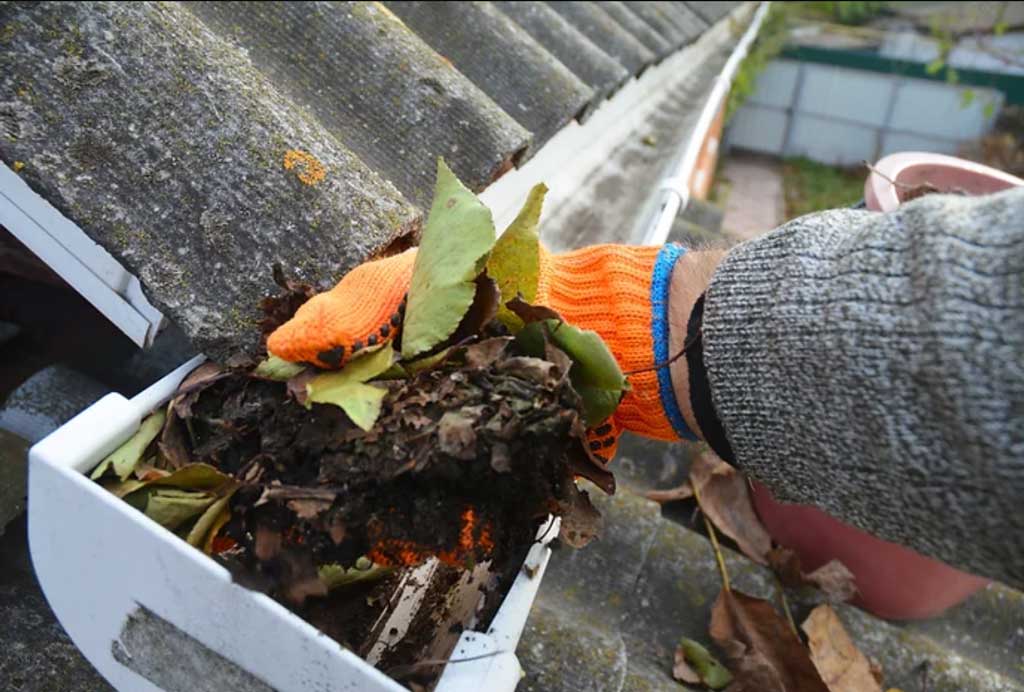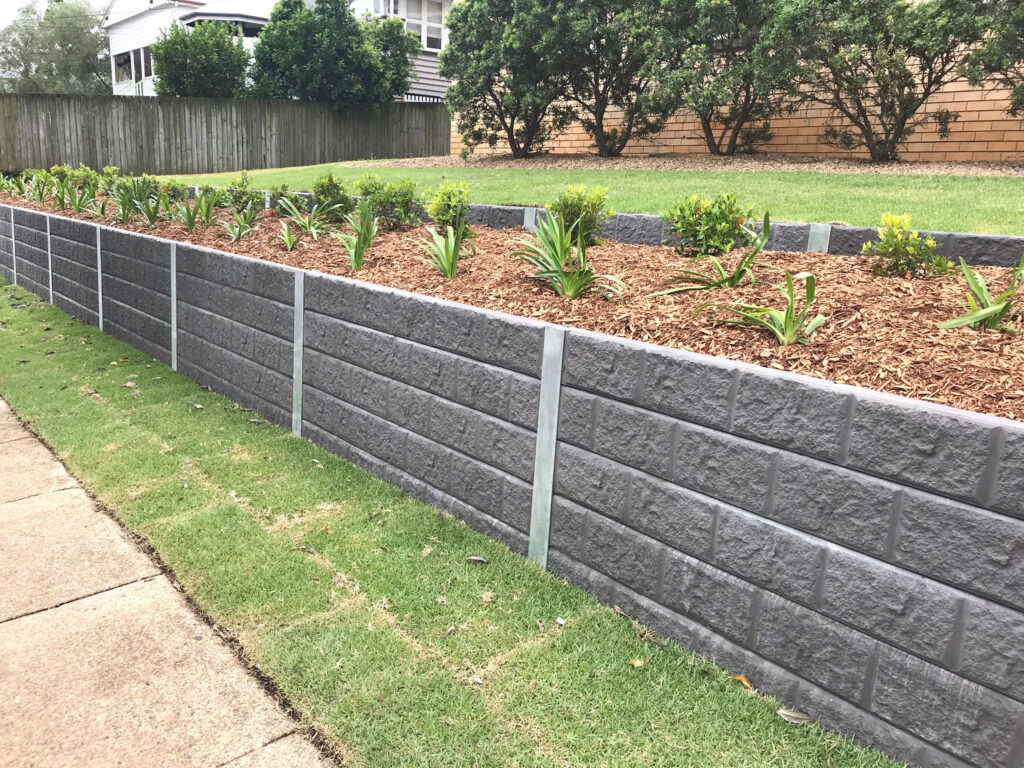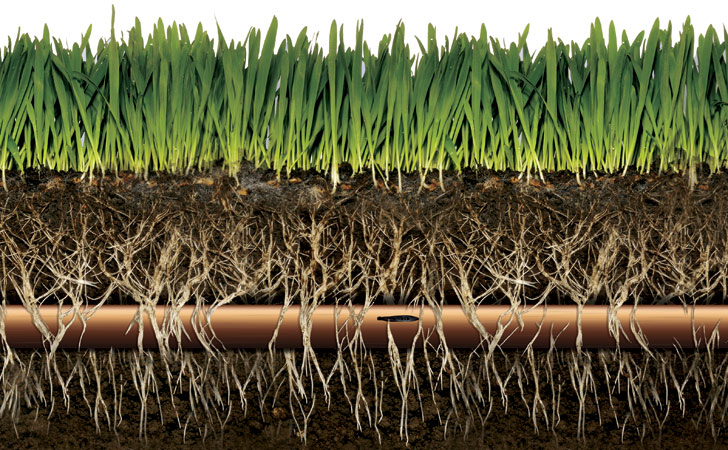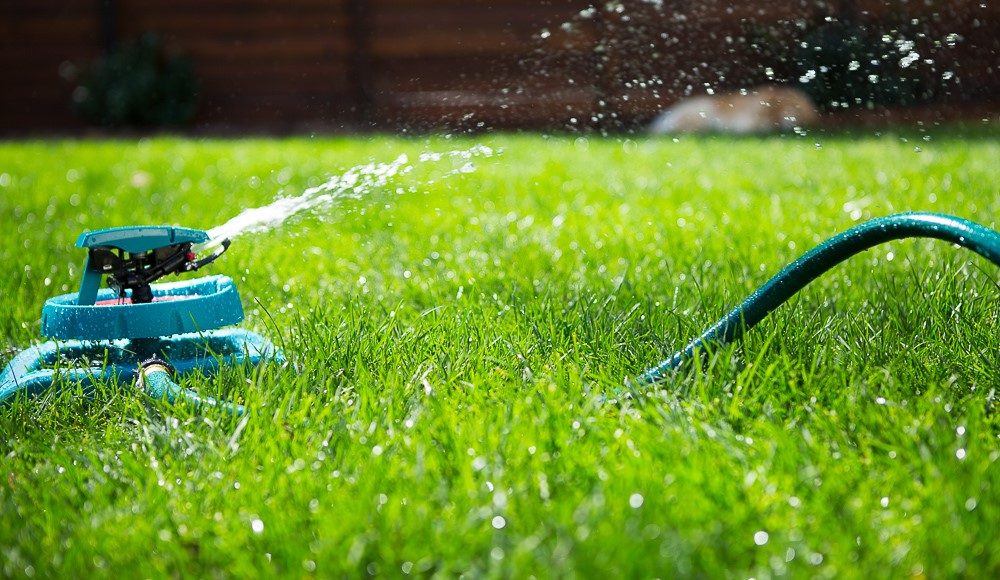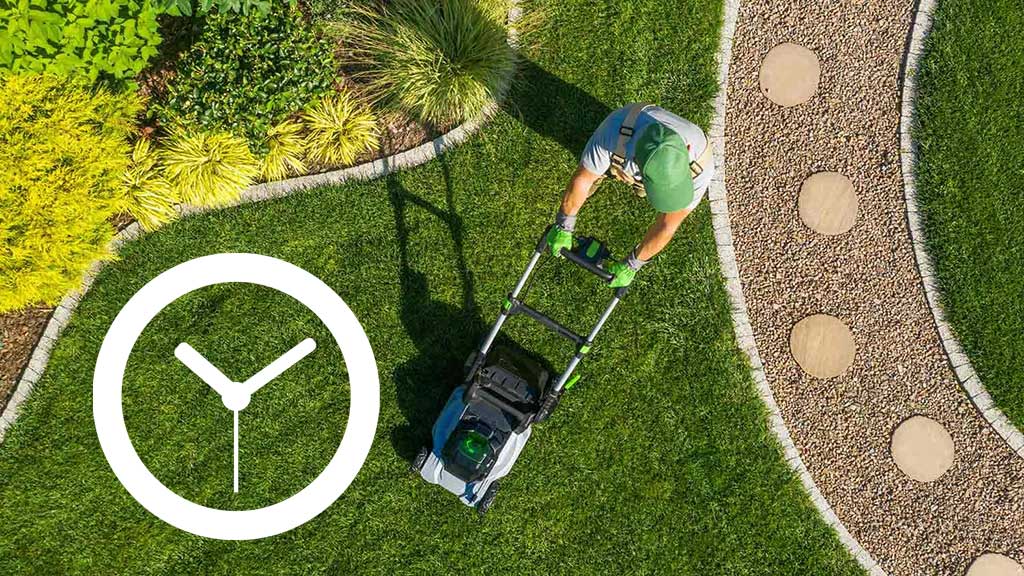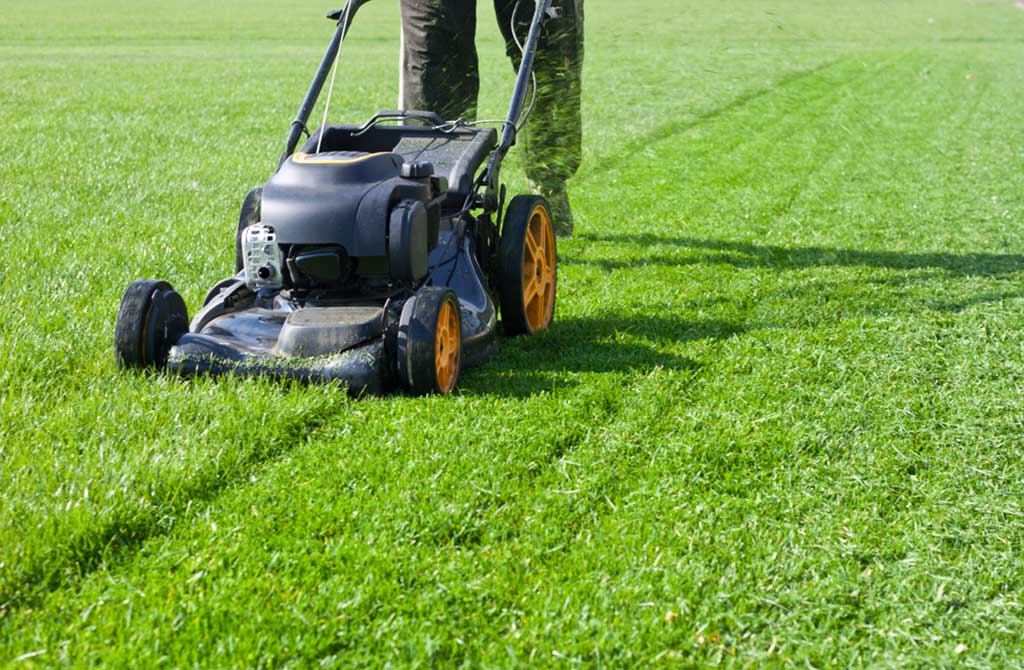Knowing when your lawn mower blades need sharpening or replacing is essential for maintaining a healthy lawn. Whether you should sharpen or replace your mower blades depends on their condition and the extent of the damage or wear they've experienced.
How do you know your mower blades are on their way out?
Dull blades can tear the grass instead of cutting it cleanly, which can lead to a host of issues, including an unhealthy lawn. Here are some signs to look out for that indicate your mower blades may need sharpening:
Uneven or ragged grass
If your lawn appears unevenly cut with frayed or torn grass blades, this is a clear sign that your mower blades are dull. A sharp blade should provide a clean and even cut.Brown or white tips on grass blades
When your blades are dull, they can create a 'white' or 'brown' appearance on the tips of the grass blades due to the tearing or shredding of the grass instead of a clean cut.Reduced mowing efficiency
If you find that you need to make multiple passes over the same area to achieve the desired cutting height or that your mower struggles to cut through the grass, it may be due to dull blades.Grass looks stressed or discolored
Dull blades can stress your lawn, making it look discolored or unhealthy. Grass that is cut cleanly is less likely to experience stress and discoloration.Increased vibration and noise
When mower blades are dull, you may notice an increase in vibration and noise while operating the mower. Sharp blades cut smoothly, resulting in a quieter and smoother operation.Visible damage to the blades
Inspect the mower blades visually. If you see nicks, dents, or signs of wear and tear, it's a good indication that they need sharpening or replacement.Grass clippings are uneven and clumpy
A mower with dull blades may require more effort and fuel to operate efficiently since it has to work harder to cut the grass.Sharpen or Replace?
Whether you should sharpen or replace your mower blades depends on their condition and the extent of the damage or wear they've experienced. Here are some guidelines to help you decide:
Sharpen the Blades:
Blade Dullness
If your mower blades are only slightly dull but are otherwise in good condition with no significant damage, it's generally more cost-effective to sharpen them. Sharpening can restore their cutting efficiency.Minor Nicks and Dents
If the blades have minor nicks or dents, you can usually grind or file them out during the sharpening process.Regular Maintenance
Sharpening your mower blades regularly, such as once or twice a season, can help prolong their life and maintain a healthy lawn.Replace the Blades:
Extensive Damage
If your mower blades have extensive damage, such as deep gouges, bends, or cracks, it's best to replace them. Blades in this condition may not be salvageable through sharpening and could pose a safety risk.Corrosion and Rust
Blades with significant corrosion or rust may also be candidates for replacement, as sharpening alone may not effectively address these issues.Uneven Wear
If one side of the blade is significantly more worn than the other, it may be time to replace it. Uneven wear can lead to balance issues and inefficient cutting.Blade Thickness
Over time, mower blades can wear down and become too thin. If a blade is significantly thinner than its original thickness, it should be replaced for safety and performance reasons.Frequent Sharpening
If you find that you need to sharpen your blades very frequently due to rapid dulling, it may indicate that the blades are nearing the end of their useful life. In such cases, consider replacing them with higher-quality blades.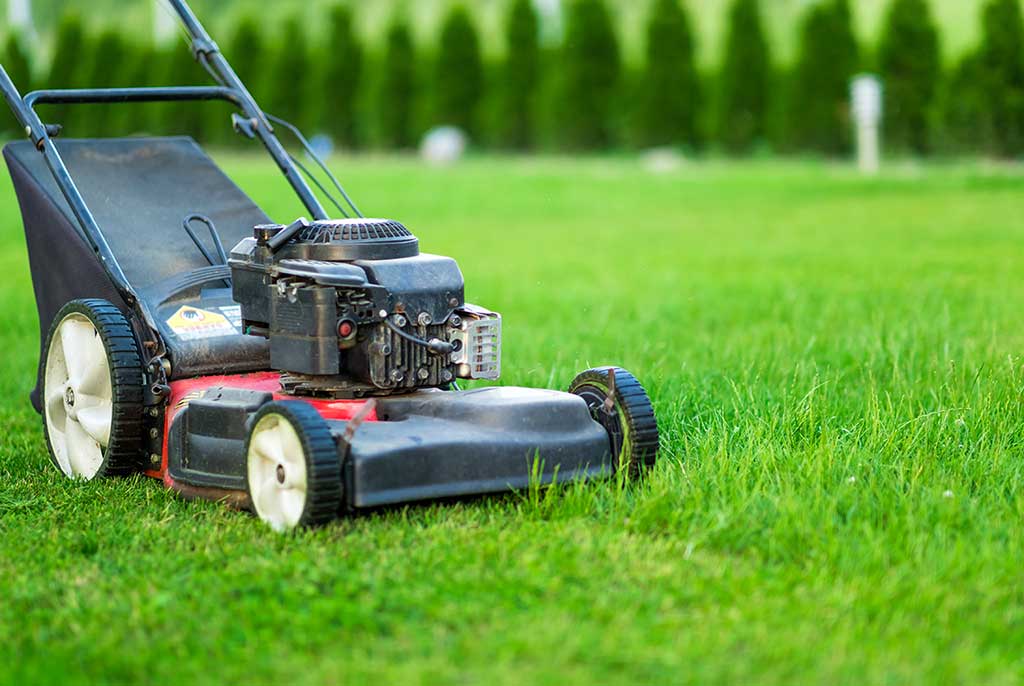
How Do You Sharpen Your Mower Blades?
Sharpening your lawn mower blades is a relatively straightforward process, but it does require some tools and safety precautions. Here's a step-by-step guide on how to sharpen your mower blades:
